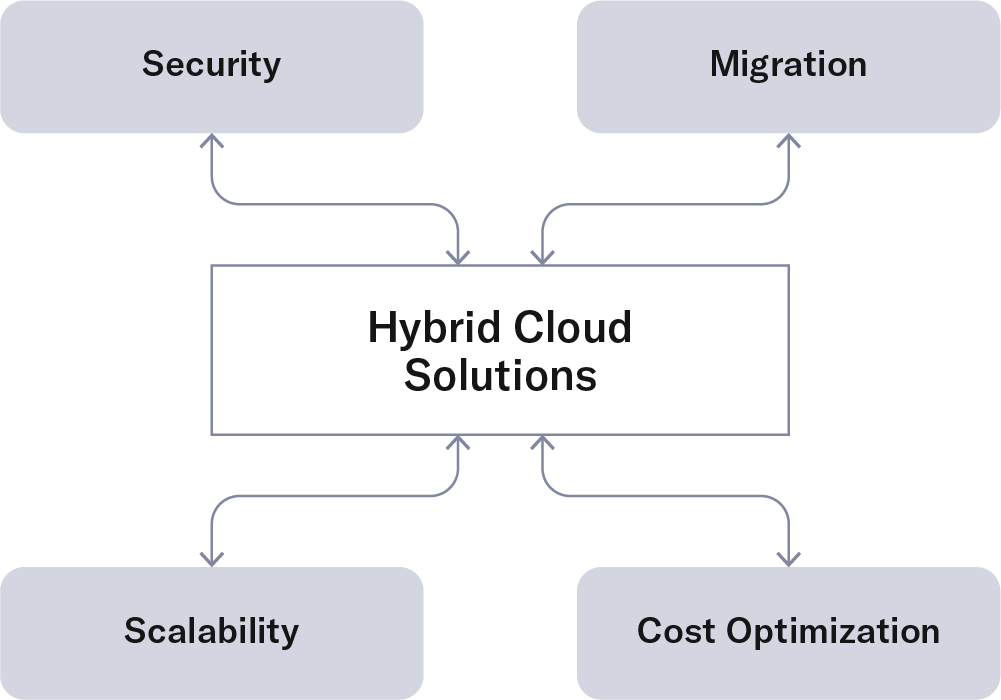In the B2B world, even the most impressive website won’t deliver results if it can’t be found. That’s why SEO can’t be sprinkled on after launch—it needs to be baked into your website strategy from the start. Effective B2B SEO goes far beyond keywords; it’s about technical site architecture, optimized content, thoughtful metadata, and a deep understanding of how your buyers search for solutions. When SEO is part of the recipe from day one, it boosts visibility, drives qualified traffic, and supports long-term business growth.
What makes B2B SEO different?
Unlike consumer SEO, which often targets broad queries with high volume, B2B SEO is about specificity and intent. A manufacturing firm isn’t trying to win the keyword “supply chain”—they’re targeting terms like “temperature-controlled logistics software.”
B2B SEO must account for:
- Long-tail keywords. More specific, lower-volume queries tied to purchase intent
- Technical documentation. Indexing PDFs, spec sheets, and manuals
- Account-based targeting. Optimizing for vertical-specific terms and personas
- International or multi-regional strategies. Localized domains and hreflang tags
Common pitfalls (and how to avoid them)
We often see:
- Neglecting keyword research in favor of internal jargon
- Missing or duplicate metadata across pages
- Disorganized site structure that buries key content
- Lack of schema markup or structured data
- Slow load times and unoptimized mobile views
One engineering firm we worked with had great content, but bloated navigation and duplicate page issues were killing their rankings. We restructured the architecture, consolidated overlapping content, and implemented schema across their product catalog. Within six months, they saw a 60% increase in organic traffic.
Integrating SEO throughout the website process
Our approach integrates SEO into every phase of the process:
- Discovery. SEO audit + competitor analysis + buyer keyword research
- Information Architecture. SEO-informed sitemap and URL structure
- Content Planning. Mapping topics to funnel stages and keyword clusters
- Design + Dev. Fast-loading, mobile-friendly templates and crawlable layouts
- Launch + Beyond. Monitoring rankings, backlinks, CTRs, and UX metrics

Content clusters and internal linking
We use content clusters to build topical authority. For instance, a client in cloud infrastructure might have a pillar page on “Hybrid Cloud Solutions” surrounded by supporting content on security, migration, and scalability. Internal linking ties these pieces together, boosting time on site and SEO performance.

Tools and tech
A combination of advanced analytics and AI-powered insights actively inform our SEO strategies. These tools uncover keyword opportunities, analyze buyer behavior, and delve beyond surface-level data to craft strategies tailored to specific audiences and goals.
We leverage:
- AI-driven insights to track and respond to user behaviors in real time
- Advanced analytics platforms to monitor content performance, site health, and conversion paths
- Custom reporting dashboards that help tie SEO metrics directly to business outcomes
- Behavioral analysis tools that support optimization across the full user journey
At Grafik, we integrate SEO strategy into every phase of website planning—from content audits to wireframes to CMS implementation. Because your site doesn’t just need to look great. It needs to perform, be found, and bring the right people to your digital doorstep.